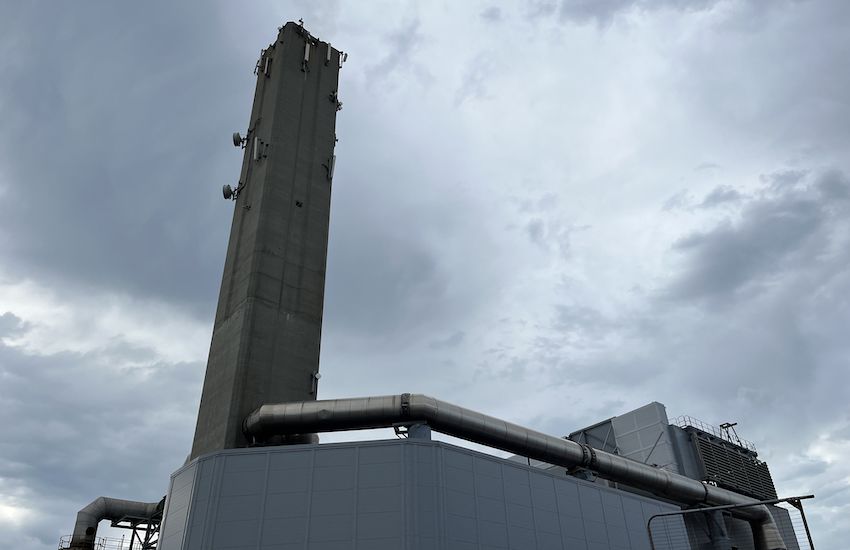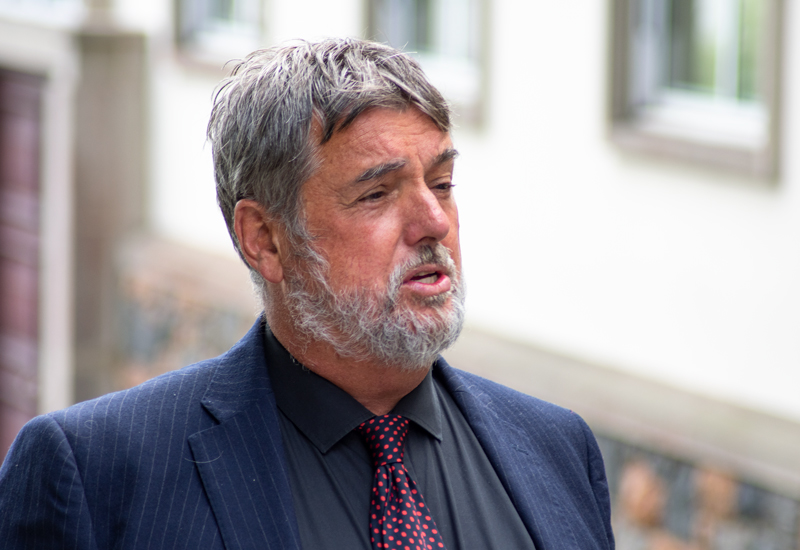


Politicians have backed an application from Guernsey Electricity to again increase prices from July – but they’ve promised greater controls on the utilities’ efficiency with savings ordered going forward.
The island’s electricity company can increase revenues by 10% from 1 July, with the States Trading Supervisory Board backing that over a request for a 12% increase.
From then those who use more will pay more, as the price increases are split between the fixed standing charge – which will increase from £49.50 to £68.25 - and the price of each unit of electricity, but all will be expected to contribute whether they are heavy consumers or not.
GEL and deputies say the increase is necessary to mitigate increasing import and generation costs and provide cash to invest in the network as the energy transition looms.
The cost of electricity and extent of increases has been limited locally in the past few years despite global turbulence in the energy markets because of export agreements achieved by GEL with France.
But now those agreements are beginning to expire, and decades of underinvestment in the network is starting to bite. But these increases don’t take account of investment that will be required to meet climate and transition targets agreed by the States of Deliberation.
The STSB approved a rate increase of 13% in 2023, while a 9% increase was approved in 2022.

Pictured: The cost per unit will increase by at least one pence.
The extra cash in the coffers for GEL will allow it to begin reducing its level of borrowing to fund infrastructure projects – which has exceeded £30m in the past three years.
The rejection of the 12% increase means GEL will have to rely on higher levels of borrowing than it wanted for network investment for a year longer, but the STSB said the effect consumers’ pockets had to be considered.
And the electricity company will be "expected” to make savings of over a-quarter-of-a-million pounds each year from 2025 when it submits subsequent tariff increase applications to the States.
Deputy Peter Roffey, President of the STSB, said the need for investment hasn’t fallen away and tough decisions must be taken.
“We have fortunately avoided the crippling increases in energy bills that have been seen elsewhere. However, we are still playing catch up after years when there was no increase in base tariffs under the previous regulatory regime. It kept bills artificially low, and starved Guernsey Electricity of the funds to adequately invest in the network,” he said.
“Customers now are having to pay the price of that, so we do not repeat that mistake and burden future consumers. The STSB has therefore acted responsibly in approving an increase, although not to the level that Guernsey Electricity had requested. We have also set an efficiency target, requiring the company to continue to focus on reducing costs and passing those savings on to customers.”

Pictured: Deputy Peter Roffey.
Explaining its decision, the STSB said: “A revenue cap of 10% should form the basis of this year’s changes to tariffs, rather than the 12% originally proposed by GEL. This will be sufficient to enable GEL to deliver its ‘base-case’ capital investment programme and continue on a trajectory whereby it no longer has to take on additional debt to fund that programme, albeit a year later than the company initially proposed.
“If steps are not taken to correct the imbalance in GEL’s tariffs, then as more consumers adopt localised or behind-the-meter sources of electricity, GEL’s revenues from [the per unit] charges will reduce disproportionately. It will be unable to afford the fixed costs of maintaining and upgrading the island’s electricity network without introducing disproportionate increases in its [per unit] charges.
“That would most adversely affect customers who cannot afford to adopt micro-renewable technologies or who are unable to do so. That risk has to be balanced against the negative impacts that increases in standing charges can have both on low volume electricity consumers and on the payback period for consumers considering investing in microrenewable technologies.”
GEL will also be expected to find recurring savings totalling £1.65m by 2030 as part of a new agreement with the States.
The STSB has already ordered a series of consultant reviews into the company, comparing it with Jersey and the Isle of Man which found favourable results for Guernsey.
The efficiency of GEL was found to be improving, while expenditure was lower based on the length of the network with import and generation included.
But in other areas it was found to be on par with the Isle of Man, and higher than Jersey.
Despite acceptable operations and noted improvements, consultants Frontier Economics said there’s always room for improvement “by improving processes and adopting new technologies”.
Comments
Comments on this story express the views of the commentator only, not Bailiwick Publishing. We are unable to guarantee the accuracy of any of those comments.